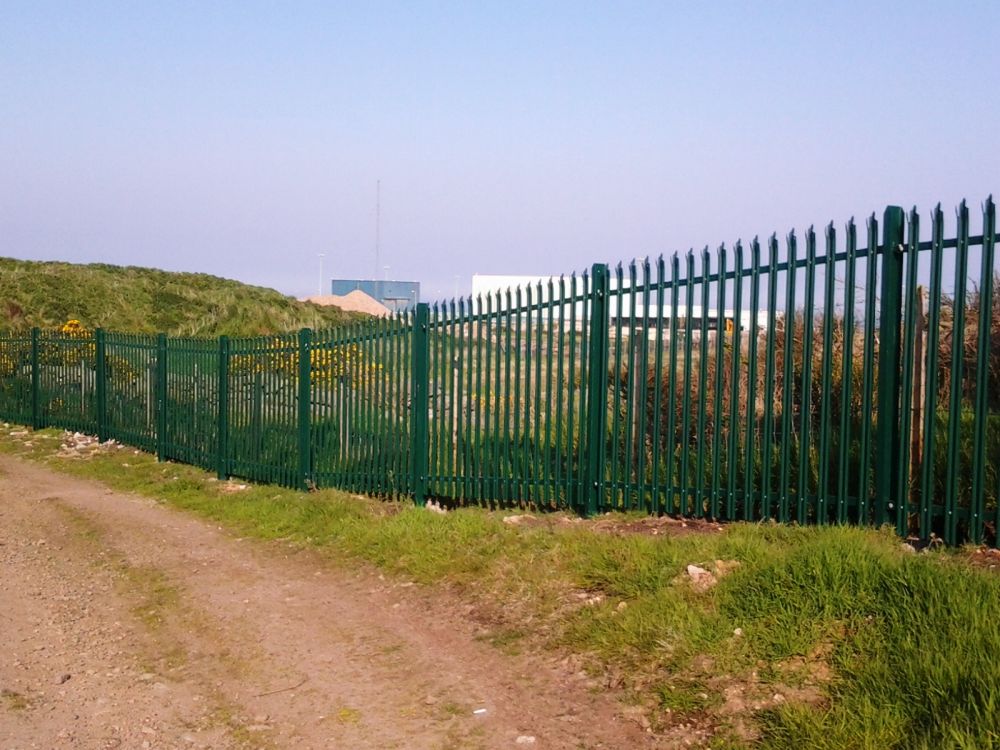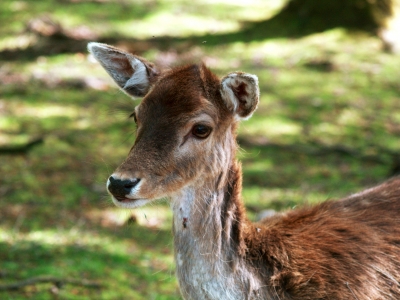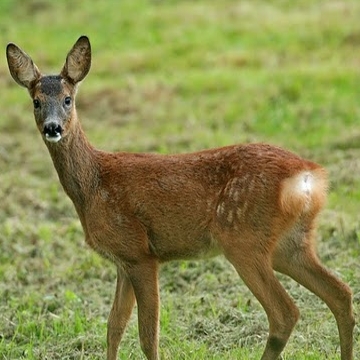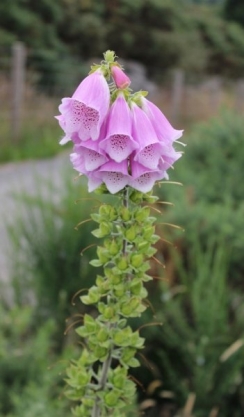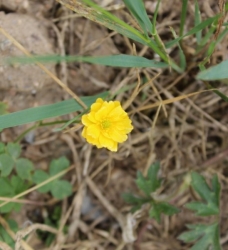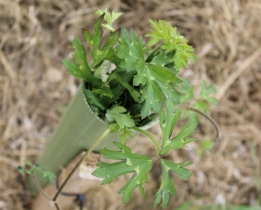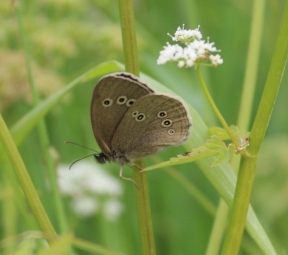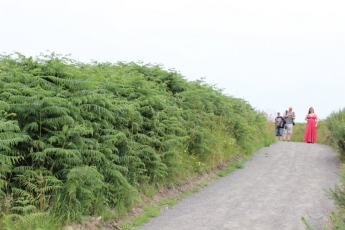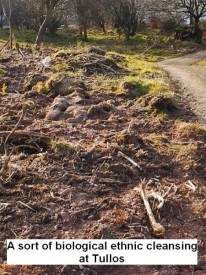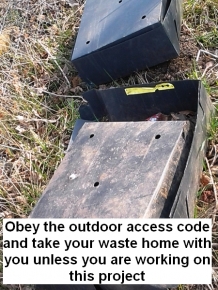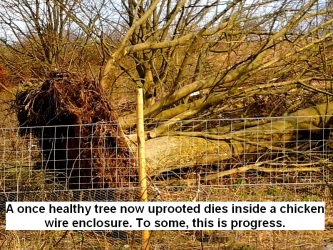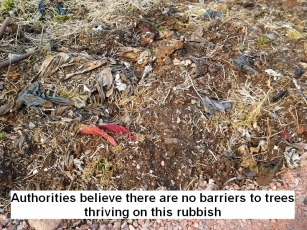Voice’s Old Susannah takes a look over the past week’s events in the ‘Deen and beyond. By Suzanne Kelly.
 Tally Ho! There is much ado in the Granite City; Friday is the Public Meeting concerning the future of the former St Nicholas House site.
Tally Ho! There is much ado in the Granite City; Friday is the Public Meeting concerning the future of the former St Nicholas House site.
Of course the beautiful, iconic, vibrant, dynamic creative glass-box office and retail development is a foregone conclusion; it will go ahead. It may take a chunk or two out of property that is part of the Lord Provost’s House, but at least we’ll have new places to shop.
As I say, whatever speakers say in their 10 minutes of allotted time, nothing will change; the plans are unchangeable.
Then again, it was a meant to be set in stone that the land at Loirston Loch was to be kept pristine green and serene as a wildlife habitat. It’s now being surrounded by more urban sprawl.
Old Susannah was allowed 10 minutes to come in and speak about the plans for the former St Nicholas site, but as the plans are made, somehow I don’t think I’ll speak after all.
You could be forgiven for thinking that planning in Aberdeen is a ratchet which can only be torqued in favour of developers’ wishes and construction projects, and never towards conservation, clean air and green space. But there you go.
On the other hand, it may be worth showing up to this meeting, for surely some people will be speaking of the crucial need for a civic square. Sir Ian Wood will doubtless remind us of his passion for a civic square. Aberdeen City Gardens Trust and ACSEF affiliate Tom Smith will surely be leading the charge to demand we take this opportunity to make the public gathering space that he desperately wanted the ACGT to manage.
Stewart Milne will renew his impassioned, selfless case for a city square or granite web as well, which clearly had nothing to do with his then need for parking spaces for Triple Kirks (also now to be a glass box office complex). Perhaps this is an unfair comparison for me to make; after all Union Terrace Gardens is bigger than the area now under consideration.
I’m sure it is a complete coincidence that UTG is common good land worth a small packet and that ACSEF, Wood and the ACGT were so keen to get their hands on it. I guess we need a civic square (whatever that is) an outdoor theatre (great in winter no doubt) and so on – but only if they’re to be built on top of open, green spaces owned by the people.
It’s not as if I think the city’s officers don’t listen to the public or formulate plans and carry them out no matter what. But considering the deer cull and tree planting at Tullos, I could be forgiven for thinking so.
On a less contentious note, I saw the amazing, singular Jeremy Paxman in his Edinburgh Festival premier. For some reason he was acting nice; guess it was all part of the show for clearly he must be scathing and sarcastic all the time. The tickets had sold out quickly for some reason or other.
At one point he explained why he wasn’t always nice and kind to elected officials. Apparently, there are some elected officials who are dishonest, inept, bumbling, self-serving and dishonest. I’d never have thought it. At least we’re safe from that kind of thing in the Deen.
Clearly we don’t always appreciate the saintly self-sacrificing nature of our elected officials, experts and public figures. Perhaps a few timely definitions may help engender more respect from us for our betters.
But first: a competition. A bottle of BrewDog to the first correct answer pulled from the hat on Friday:-
Q1. Garden Talk: Match the person to the quote
- wanted “to create a hub, a focal point for future generations, which will draw together the retail and cultural aspects of the city.”
- asked “that it be noted that every week the councillors of the Monitoring group have asked for the ‘no action’ option to be part of the public display and this has been passed on to the Management Board by Mr Brough. The Councillors stated that they were very disappointed that this [voting to keep the gardens as they were and improve them] was still not an option.”
- “This [Granite Web] ingenious and inspiring design for Aberdeen’s key public space gives the city a new social landscape but one rooted in its extraordinarily rich heritage and natural assets.”
- “Right enough, there have been more people in the gardens recently but they seem to go in to have their photograph taken and wave placards, rather than to play draughts or spot trains as they did many years ago.”
- “there would NOT be a ‘no action’ option [to vote to leave the gardens alone ]at this stage because the feedback was part of a tendering process to select the best of six designs [allowing the public to reject the scheme would, of course, saved the taxpayer tens of thousands of pounds and a divisive referendum. no one outside of private company ACTG has seen all of the votes or been allowed to count the votes against the scheme cast]”
a) Morris the Monkey – fictional character used by BiG Partnership to promote building in UTG (presumably either no one else wanted the job, or a fictional character was all they could afford to explain the benefits of a £140 million pound granite spaghetti junction).
b) Sir Ian Wood the Monkey (Scottish Enterprise, Wood Group, Wood Family Trust).
c) Sir Duncan Rice the Monkey – chair of this, that and the other and the design committee.
d) Gerry Brough the Monkey – long-gone ACC employee gently persuading us to have a granite web (and nothing but a granite web) known for his gentle temper and soft words. Missed by no one.
e) Councillor West.
Q2. How many times over the years has First Minister Alex Salmond visited the Menie Estate residents to hear concerns living under Donald Trump’s stewardship of the estate?
a) 10
b) 20
c) 0
d) 0 – but he will accept an invitation to visit and will come to see Anthony Baxter’s and Richard Phinney’s new film ‘A Dangerous Game’ on 5 September in Aberdeen
Q3. Mixed bag: match the number to the fact
- 5,847
- 7
- 1,378
- £50,000,000
- £50,000,000
- more than 16,000
- £15,000,000 approximately
- 65,000
a) Approximate amount of money sitting in The Wood Family Trust to be used for charitable works (eventually).
b) Number of people signing David Milne’s petition asking for an investigation held into propriety and handling of planning permission granted to Donald Trump at the Menie Estate.
c) Number of people who voted for the granite web during the UTG design consultation.
d) Amount of money shielded by tax from certain oil giant’s empire’s offshore payroll scheme.
e) Sum of money pledged by Sir Ian Wood to create Granite Web.
f) Number of people in Scotland reliant on food banks according to one charity.
g) Number of people who voted for the winter garden design during the UTG design consultation.
h) Number of people who turned down David Milne’s petition on Trump
Q4. How much oil do we have left?
a) 24bn barrels of oil could be recovered – First Minister Alex Salmond.
b) 12 – 24 billion barrels of oil potential – Sir Ian Wood, report of February 2014.
c) ‘Sir Ian claimed there are about 15bn to 16.5bn barrels of recoverable oil left, and that the figure from the White Paper is 45% to 60% too high’. http://www.bbc.co.uk/news/uk-scotland-scotland-politics-28867487
d) “hard-pushed” to extract 15bn barrels – Melfort Campbell.
e) no one really knows for certain – everyone else.
And now time for one brief but poignant definition
Suffering (English gerund) the state of being in pain, discomfort, hardship
Never let it be said that Old Susannah turns a blind eye to the hardships faced by some of our older people, and the forces that conspire to break up families. With today’s economic problems, some men are having to slave long, hard hours and travel extensively to keep their families together. I am of course thinking about our depute Lord Provost John Reynolds, his wife and family. And so are you.
It all started innocently enough; some spoilsports were questioning the necessity of some of the wee trips the depute was going to make. Well, quite rightly Mrs depute Lord Provost wrote a letter to the Press & Journal. Standing by her man, she explained:
“I am his wife of nearly 45 years [you can feel the pain], I have supported his work as a councillor and kept quiet when things have been said that upsets us as a family.
“Your piece has changed all that and I will not sit back and let you make it appear he is going off on ‘cooncil jaunts’. ..During his years as Lord Provost, 70 hours weeks became the norm… John was asked to take on the role of promoting Aberdeen and its oil-related industries abroad because he is passionate about the city and everything it has to offer.”
Alas! One of his upcoming trips to the US to go to a conference was booked on the assumption the conference was yearly, not biannual. But it’s going ahead anyway, so we can demonstrate ‘we’re open for business’ according to Jenny Laing, Council Leader. Reynolds said
“because it was approved there was still business to be done in Louisiana, doors that can be opened for Aberdeen businesses particularly, but also bringing Louisiana companies with their technology over to Aberdeen.”
One killjoy, Cllr Yuill said:
“we should remove this visit on the basis that the committee agreed to it based on inaccurate information.”
I’m sure any private sector business wouldn’t mind finding out its employees were jetting out to non-existent events without any disciplinary action being taken. And if a person booking travel at taxpayer expense doesn’t have time to check out whether the conference actually exists that they’re booking someone to travel to, that’s pretty understandable as well.
It’s not as if the council has never taken decisions based on inaccurate information before, is it?
In my part of the world, the private sector has to watch costs. Bring in business? Private companies send out literature and presentations are made in teleconferences. Touting for business on spec? The internet is cheaper and just that little bit more environmentally friendly. It’s just that little bit easier to spend taxpayer money isn’t it?
We are assuredly open for business. Perhaps the depute Lord Provost will find our next Donald Trump on one of his jaunts, or another businessman determined to take the small boats off the tiny harbour in Cove. I can’t wait.
But while Reynolds is looking for business in America, it’s just a shame that his family life has had to suffer. The drinks receptions, the public events, the hospitality – all very wearing after a bit don’t you know.
Perhaps we should not have forced him into being a councillor, being a depute / Lord Provost. So if you’re a nurse working double shifts, an oil rig worker, in the police, fire department or in teaching, just think how comparatively lucky you have it. Perhaps if things get rougher, you’ll see a few of our hard-done by councillors on your next visit to the food bank.
Next week: A new version of who’s who in the city and shire – what councillors are in what quangos and groups; what businessmen have cosy links to what politicians, and more.
- Comments enabled – see comments box below. Note, all comments will be moderated.
[Aberdeen Voice accepts and welcomes contributions from all sides/angles pertaining to any issue. Views and opinions expressed in any article are entirely those of the writer/contributor, and inclusion in our publication does not constitute support or endorsement of these by Aberdeen Voice as an organisation or any of its team members.]


